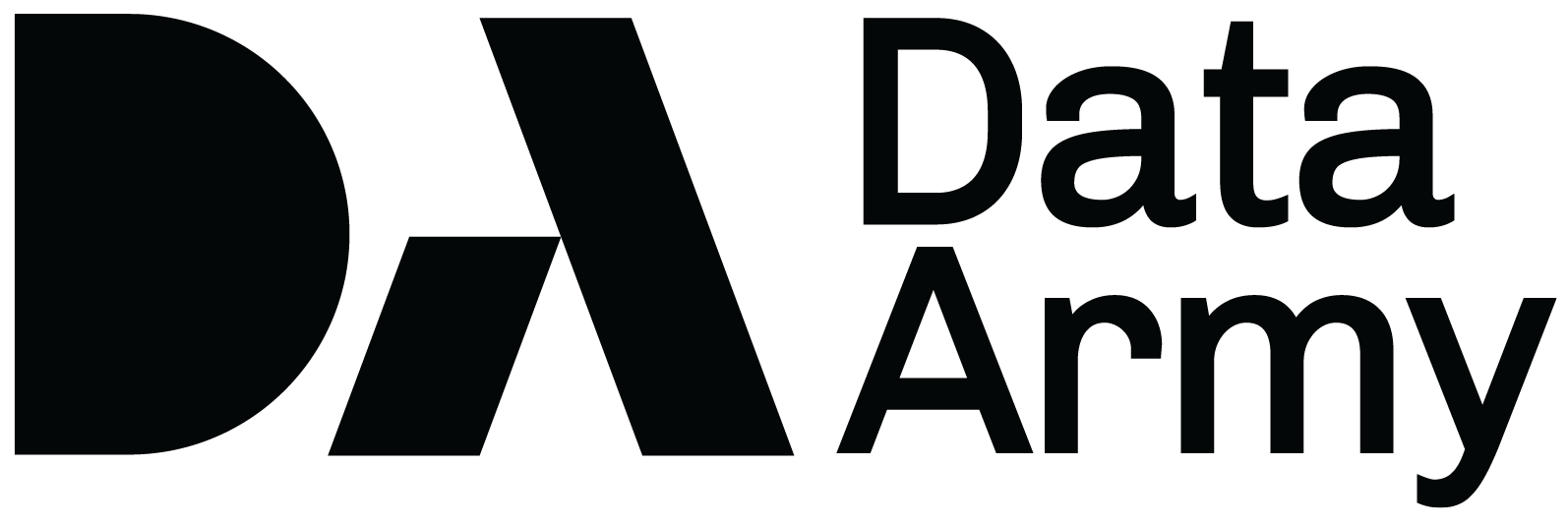In cloud computing, there was once a time when businesses staunchly believed in aligning with a single cloud provider.
This monolithic approach was seen as a streamlined, simpler way to manage digital resources.
Over time, we’ve seen a shift towards the widespread adoption of multi-cloud strategies.
Could we potentially see the same shift in data management? Are we on the cusp of embracing multi-data platform infrastructures?
The Evolution of Cloud Strategies: A Precursor to Change
A glance at the recent past reveals that the paradigm shift towards multi-cloud environments wasn’t simply a trend but borne out of strategic necessity.
Companies realised the benefits of not putting all their digital eggs in one basket.
Diversifying cloud providers meant enhanced resilience, optimised costs and access to varied functionalities and innovations.
This strategy has now become the norm, rather than the exception.
Could Multi-Data Platforms be Next?
In light of this evolving approach, will the data platform landscape undergo a similar transformation?
Currently, many businesses rely on a singular data platform or a limited set of tools for data storage, processing and analytics.
However, the one-size-fits-all approach might be reaching its limits.
Recent investments in to open source table formats like Apache Iceberg by major data platform vendors like Snowflake, Azure and AWS show that vendors too are witnessing the growing demand for low lock-in solutions that play a collaborative role in multi-provider solutions.
The evolving needs and requirements of modern businesses now demand more from their data systems.
- Diverse data needs
Different data platforms excel in specific areas, whether it be real-time analytics, large-scale data processing, or AI-driven insights. A single platform may not cater to all these needs effectively. A multi-data platform approach can satisfy a range of different data needs. - Innovation and specialisation
As technology evolves, newer data platforms are emerging with specialised capabilities. Companies may find value in leveraging these innovations for specific use cases. - Best-of-breed tools
By adopting specialised, cutting-edge technologies for different data requirements, more efficient and effective data workflows can be achieved. It allows businesses to be competitive and current. - Risk management
Similar to the rationale behind multi-cloud strategies, diversifying data platforms can reduce dependencies and mitigate risks associated with relying on a single provider. - Cost optimisation
Different platforms may offer more cost-effective solutions for particular types of data processing or storage needs. - Data governance and compliance
With the increasing complexity of industry and data regulations worldwide, a multi-data platform strategy means different platforms can be selected for data storage in specific geographic locations, and businesses can take advantage of specialised compliance tools offered by various providers to ensure adherence to location or industry-specific regulations. This may be particularly relevant for some industries or international businesses operating across borders that need to ensure robust data governance and compliance.
Multi-Data Platforms Considerations
While a multi-data platform approach can significantly benefit companies by meeting compliance requirements and improving data governance, it also introduces complexities.
Ultimately, using bespoke tools for different processes can lead to a fragmented system that complicates data management.
- Integration and compatibility between platforms in a multi-platform approach are not always guaranteed and can be resource-intensive to achieve, potentially leading to disruptions and inefficiencies.
- Unique skill sets may be required for optimal performance, resulting in increased training costs and potential skill gaps.
- The complexity of managing different vendors also rises, adding to the administrative burden.
- Localised data storage, while beneficial for compliance, further fragments data across regions, leading to siloed systems by design.
This fragmentation complicates disaster recovery and backup plans, which need to be managed independently for each region. Siloed data also makes it difficult to achieve a unified view, which may cause issues with data consistency and accuracy.
- Integrating multiple platforms increases the risk of security vulnerabilities due to a larger attack surface.
- Although using different platforms increases flexibility and reduces the risk of relying on one provider, any planned or unplanned attempts to consolidate or migrate data between platforms will likely be complex and costly.
Businesses need to carefully weigh these pros and cons to determine the most suitable data management strategy for their needs.
The Shift Towards Multi-Cloud Data Management
The shift towards multi-cloud strategies has set a precedent that may well be mirrored in data management.
As businesses strive for resilience, compliance, innovation, cost optimisation, and specialised capabilities, the adoption of multi-data platform strategies appears increasingly inevitable.
Embracing this approach can address current data challenges but also set a business up for future innovation and growth.
But not without consideration of feasibility and a good understanding of the potential challenges that come with the governance, management and integration of multiple data platforms.
Businesses will need to carefully weigh up the downsides against the benefits to determine the most suitable data management strategy for their needs.

